How To Delete Write Protected Files In Windows Xp
Write protection is a feature that intends to prevent users from accidentally deleting or altering data on a disk or other storage devices. Unfortunately, sometimes Windows refuses to work with a drive because it detects it as write protected when it shouldn't be.
The good news is that there are various fixes for the "Media is Write Protected" error in Windows. Let's have a look, starting with the about obvious fixes.
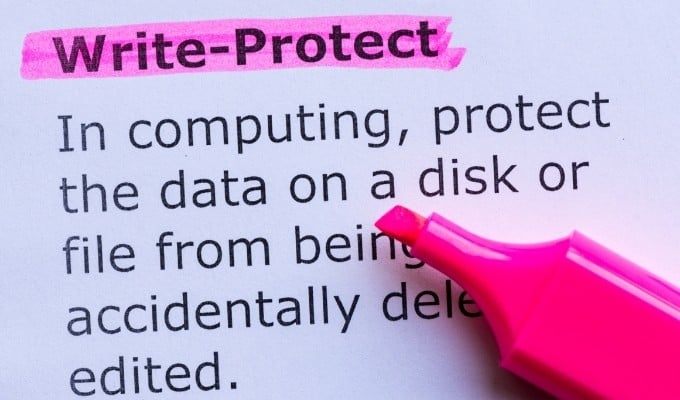
Check Your Media for a Write Protection Switch
If you lot're having trouble formatting or writing to a USB flash drive, SD carte or similar external storage device, check for a write protection switch. This is a physical sliding switch that can be toggled on and off, as shown in the picture above.
If information technology was accidentally pushed into the write protection position, you won't be able to format or write to the drive till you lot toggle it back. Exist sure to eject the bulldoze offset before toggling the switch!
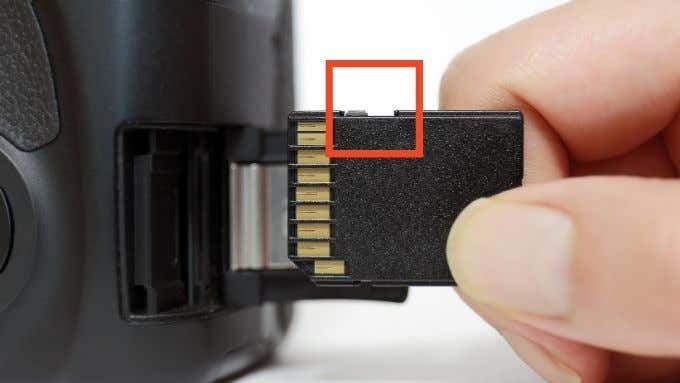
Removing Write Protection from Files and Folders
If your problem is write protection of specific files and not the entire disk, it's piece of cake to fix:
- Open up File Explorer.
- Navigate to the files and/or folders that are write protected.
- Select the files and/or folders.
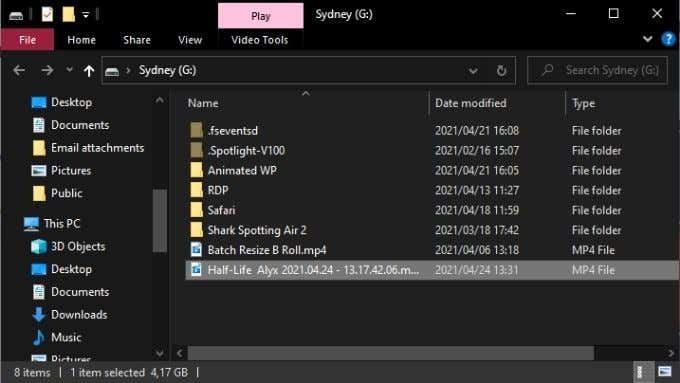
- Right-click on your choice and select Properties.
- Nether the General tab, brand sure the box labeled Read-Only is unchecked.
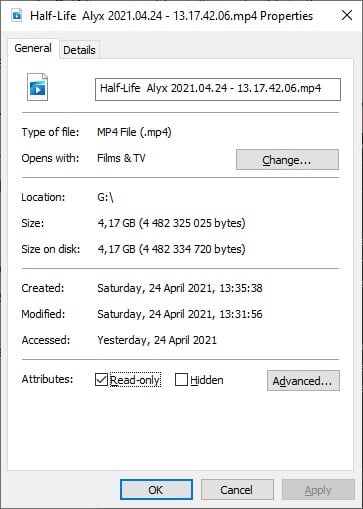
- Select Utilize and then OK.
If you've selected a folder that contains other files and folders, you'll be asked to confirm that the attribute modify should too be practical to all files and folders inside the primary folder.
Run a Deejay Scan
I practiced fleck of housekeeping to do before you outset messing effectually with the guts of your operating organisation is to do a physical browse of the drive in question. If the deejay is damaged or corrupted, that may cause a write protection error.
To run a full disk browse in Windows:
- Open up File Explorer.
- Right-click on the drive you want to scan and select Properties.
- Go to the Tools tab.
- Select Cheque.
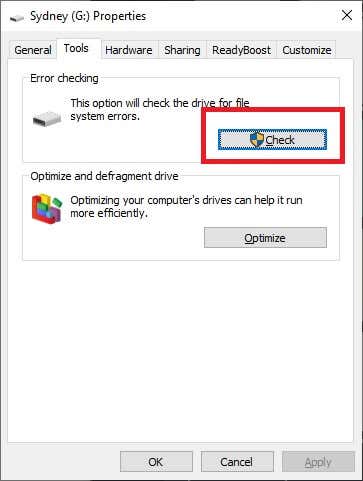
- Select Scan and Repair Bulldoze.
If the scan detects and repairs whatsoever bug on the drive, try to use the bulldoze again.
Run a Full Malware Scan
Certain malware may write protect drives to forbid their own deletion. It'due south not the almost probable reason you're getting the write protection fault, but since a malware scan is quick and piece of cake to do, it'southward worth performing one anyway.
If removing the malware from the system or disk doesn't prepare the issue follow the steps mentioned below to return the drive to normal.
Check System Files for Corruption
The last piece of essential prep work when trying to make a drive writable again is to run the Arrangement File Checker (SFC). This will compare all of your crucial system files to the gilded standard originals. If any files have been altered or corrupted, pristine new versions will be downloaded and installed.
Check out Use These Control Prompt Commands to Fix or Repair Corrupt Files for instructions on how to use SFC.
Employ Advanced Formatting Tools
If all you want to do is format a bulldoze, but you're existence blocked by write protection, and so the answer may be to use a formatting utility with a little more than muscle. Many users swear by the HP USB Formatting Tool to not bad write protected external disks into cooperating.
It's also one of the few utilities that lets you format large disks into FAT32 format, something that's necessary from time to fourth dimension. Behave in mind that you need to run this app with administrator privileges for it to work. Results are reportedly mixed, but the following solutions are a little more complex, and then if you desire to risk with a formatting utility app commencement this is one option.
Remove Write Protection With DiskPart
DiskPart is a powerful control line utility in Windows that can remove attributes from unabridged disks or specific partitions.
- Get-go, insert the USB drive that is write protected, if applicative.
- Open the Start Menu and type diskpart.
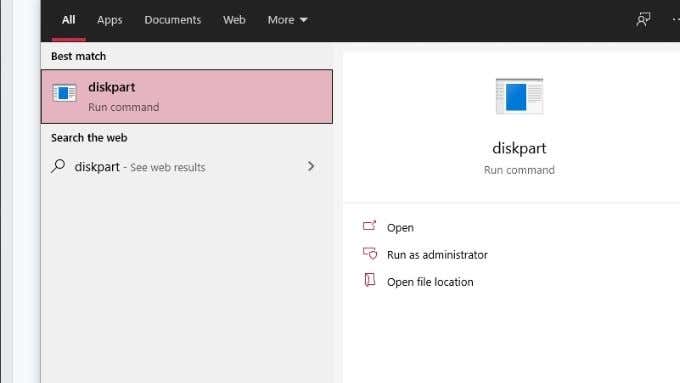
- Select the diskpart run command from the results.
- If you're asked for administrator permissions, say yes.
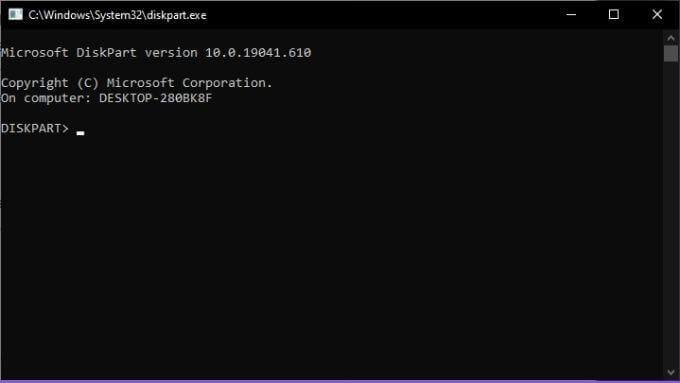
- At the command line for DiskPart, blazon listing disk and press Enter.
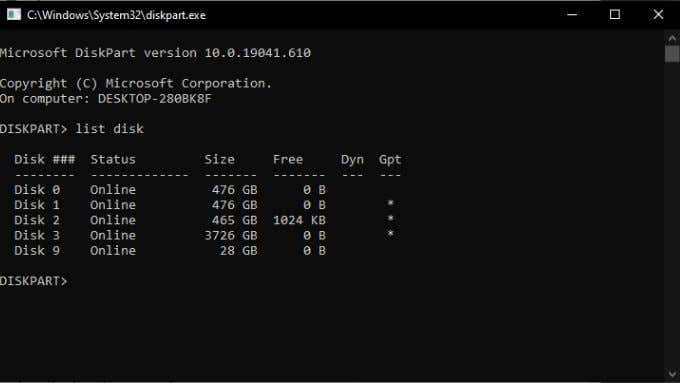
- Look for your USB disk in the listing of drives, make a note of its disk number. Y'all'll need it shortly!
- At present, type select disk #, just replace the # with the right disk number. Then printing Enter.
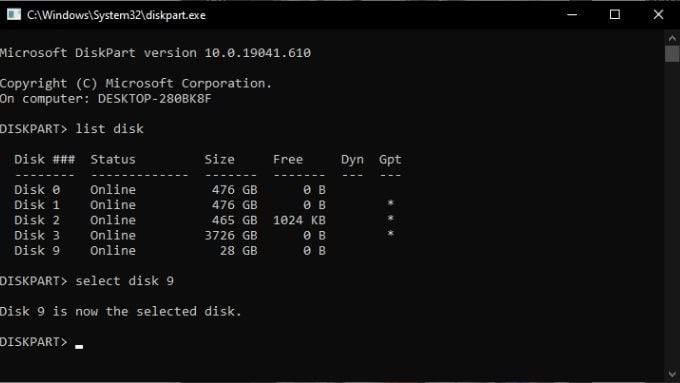
- Blazon attributes disk clear readonly and then press the Enter cardinal.

- After receiving the confirmation message, type Exit and press Enter.
Remove Write Protection with Regedit
Sometimes a drive is marked as write protected and you'll get the "Media is Write Protected" error because the corresponding value in the Windows registry is incorrect. If possible, avoid messing around in your registry. If this is your terminal resort, please consider bankroll up your registry in case something goes wrong.
With that being said, here's how to remove write protection from a USB drive in Windows:
- Insert the bulldoze you lot desire to alter into a USB port.
- Open the First Bill of fare and type Registry Editor.
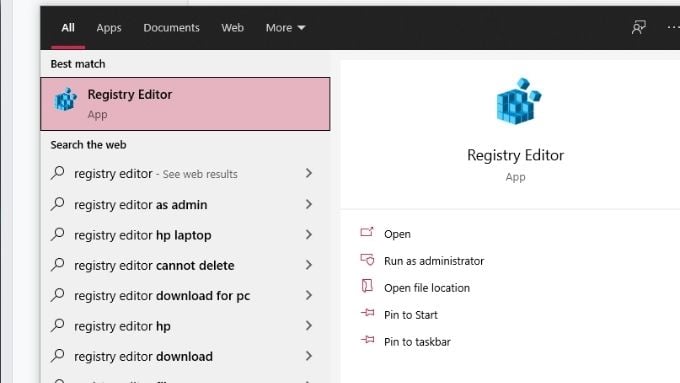
- Select Registry Editor from the results.
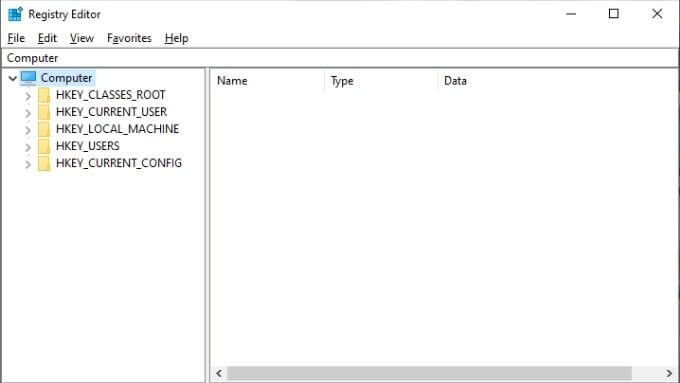
- In the registry editor, navigate to HKEY_LOCAL_MACHINE > Organisation > CurrentControlSet > Control > StorageDevicePolicies.
- Double-click WriteProtect. This volition open the Edit DWORD window.
- Look for the Value data box, and so enter 0 as the new value.

- Select OK and shut the registry editor.
- Restart your computer and check the deejay again.
What if in that location is no StorageDevicePolicies value to change?
Creating StorageDevicePolicies
If you're unlucky plenty not to accept the correct registry value to change, you're just going to have to brand it yourself. Don't worry, y'all've got this.
- Open the Registry Editor as detailed higher up.
- Navigate to HKEY_LOCAL_MACHINE > Arrangement > CurrentControlSet > Control.
- Right-click in an empty area of the right-hand pane and select New > Primal.
- Proper noun the new fundamental StorageDevicePolicies and press Enter to confirm.
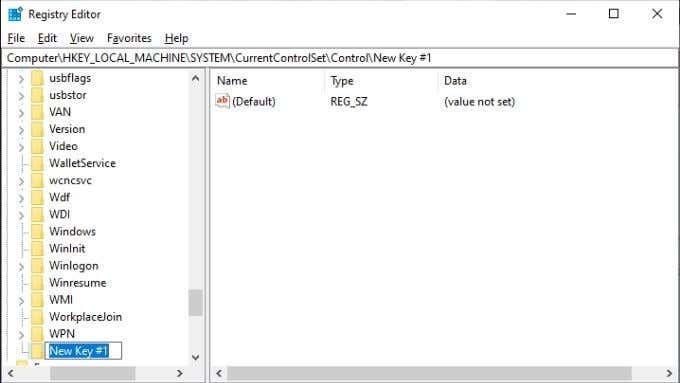
- Select StorageDevicePolicies.
- Over again, right-click in the empty space of the right mitt pane and select New > DWORD(32-bit) Value.
- Name the new DWORD value WriteProtect and press Enter to confirm.
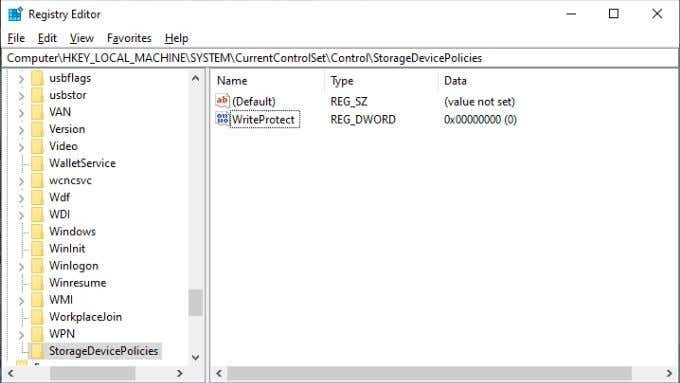
- Double-click WriteProtect. This will open the Edit DWORD window.
- Look for the Value information box, and then enter 0 every bit the new value.

- Select OK and close the registry editor.
- Restart your computer and cheque the deejay again.
Phew! Hopefully this last resort will solved the "Media is Write Protected" consequence in Windows for you!
Do not share my Personal Information.
Source: https://www.online-tech-tips.com/windows-10/how-to-fix-media-is-write-protected-in-windows/
Posted by: makrisformaded.blogspot.com

0 Response to "How To Delete Write Protected Files In Windows Xp"
Post a Comment